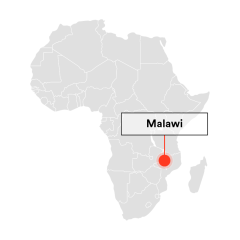Handle resistance and backlash

Handle resistance and backlash
Case Studies

The Safe Space Mentorship Program (SSMP) in Malawi paired the establishment of safe spaces with mentorship programming. This programme supports girls and young women to report instances of violence and access resources and services. It also promotes gender equitable social norms, attitudes and behavioural change at community and individual levels. Focused on girls and young women from 10 to 24 years old, SSMP is a weekly 6-month programme that addresses gender perspectives, sexual and reproductive health and rights (SRHR), gender-based violence (GBV), harmful practices (HP), referral pathways, and life skills from a rights-based perspective. Its purpose is to empower young women and girls to recognize the illegality of violence and how it violates their basic human rights, understand how to report instances of violence, and challenge harmful social norms and behaviours that perpetuate violence against women and girls (VAWG).
In 2021, monitoring data showed that following engagement with the SSMP, 480 girls and young women had reported domestic violence to their mentors or authorities, 626 received help after experiencing VAWG, 1600 accessed family planning to help them avoid unwanted pregnancy, and 959 returned to school. This programme also shows the collective power of girls and young women to demand cultures of justice, equality and accountability within their communities. In the Mzimba district, safe space girls collectively campaigned for the successful arrest and prosecution of an abusive chief. This demonstrates the impact that empowering girls and young women with information, access to resources and protective networks from backlash and stigmatisation, along with allies at local and national level can have on ending cultures of impunity.







